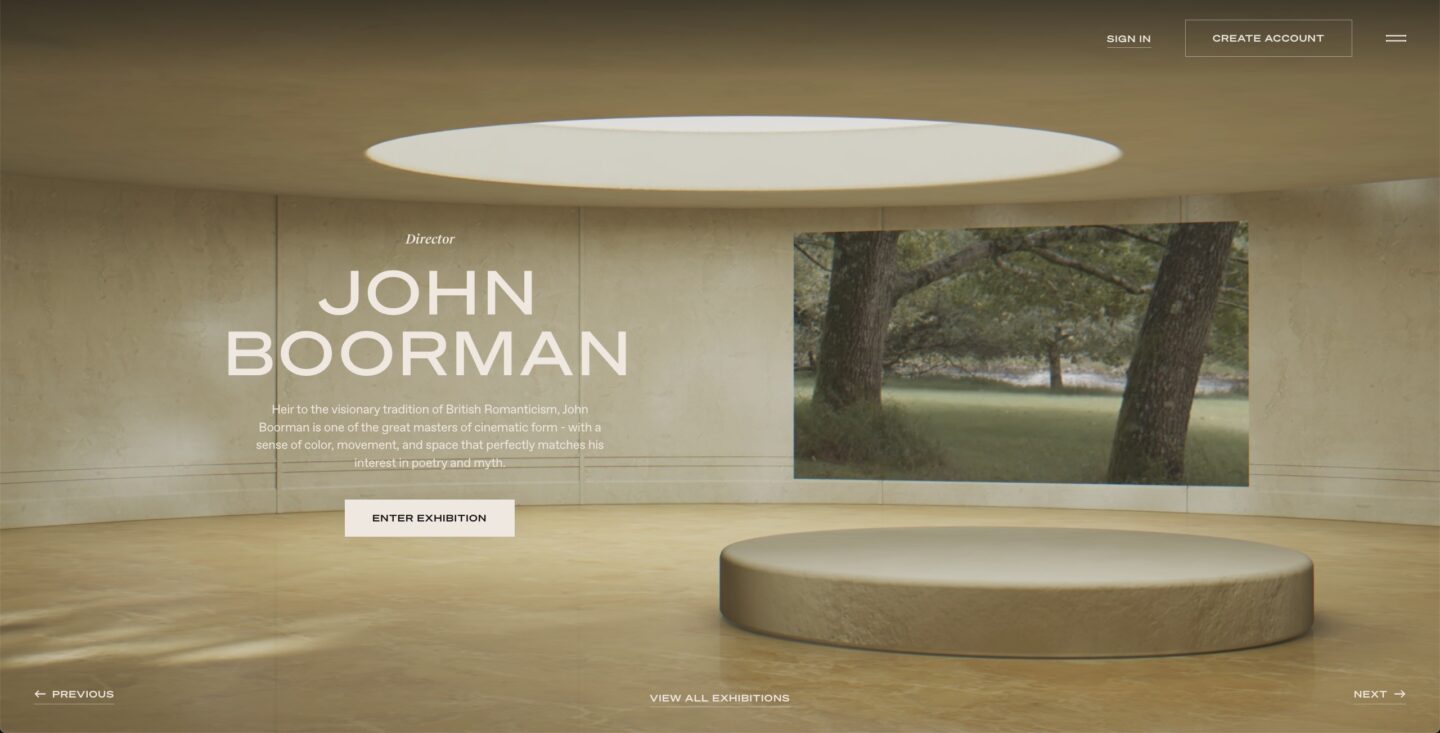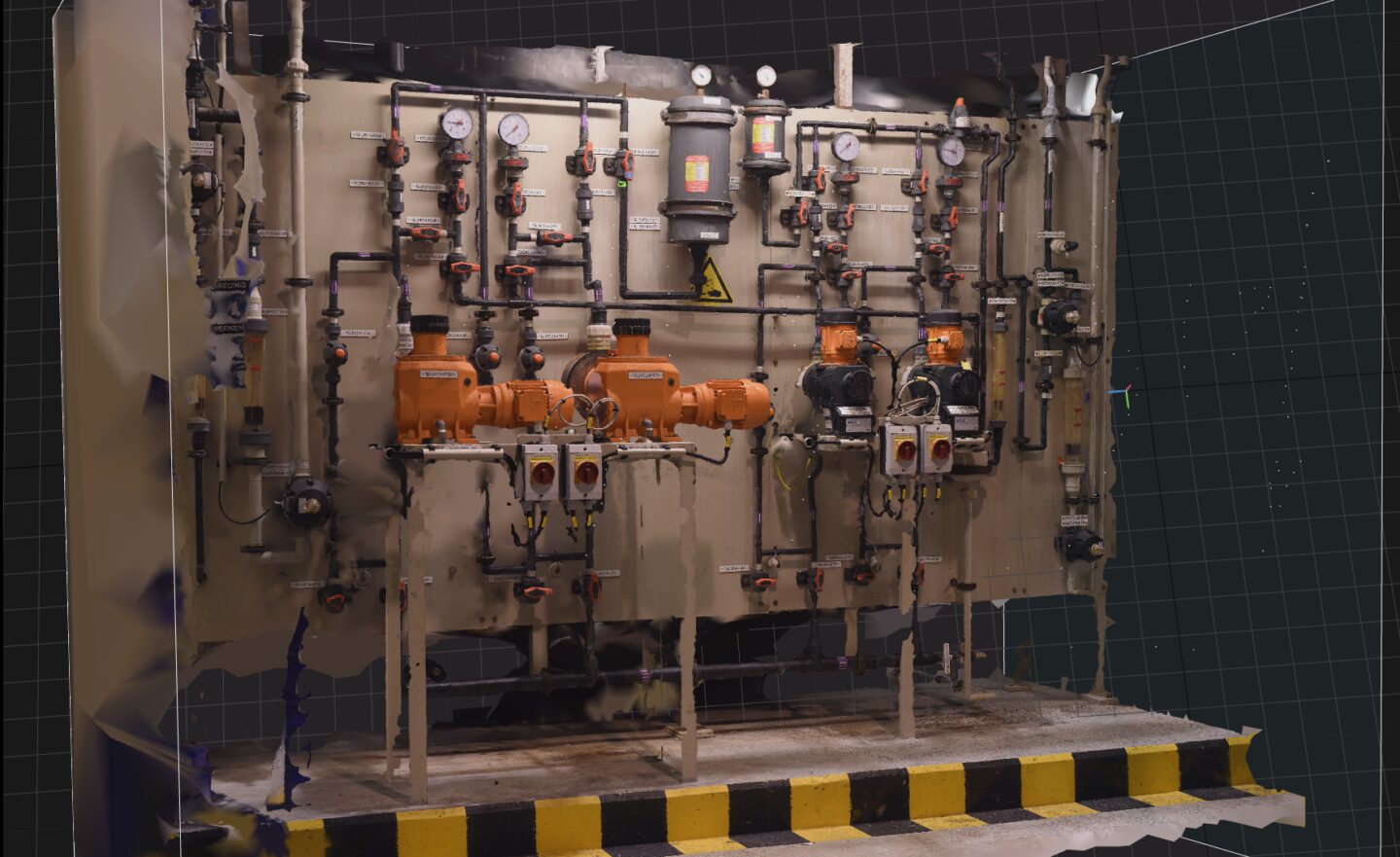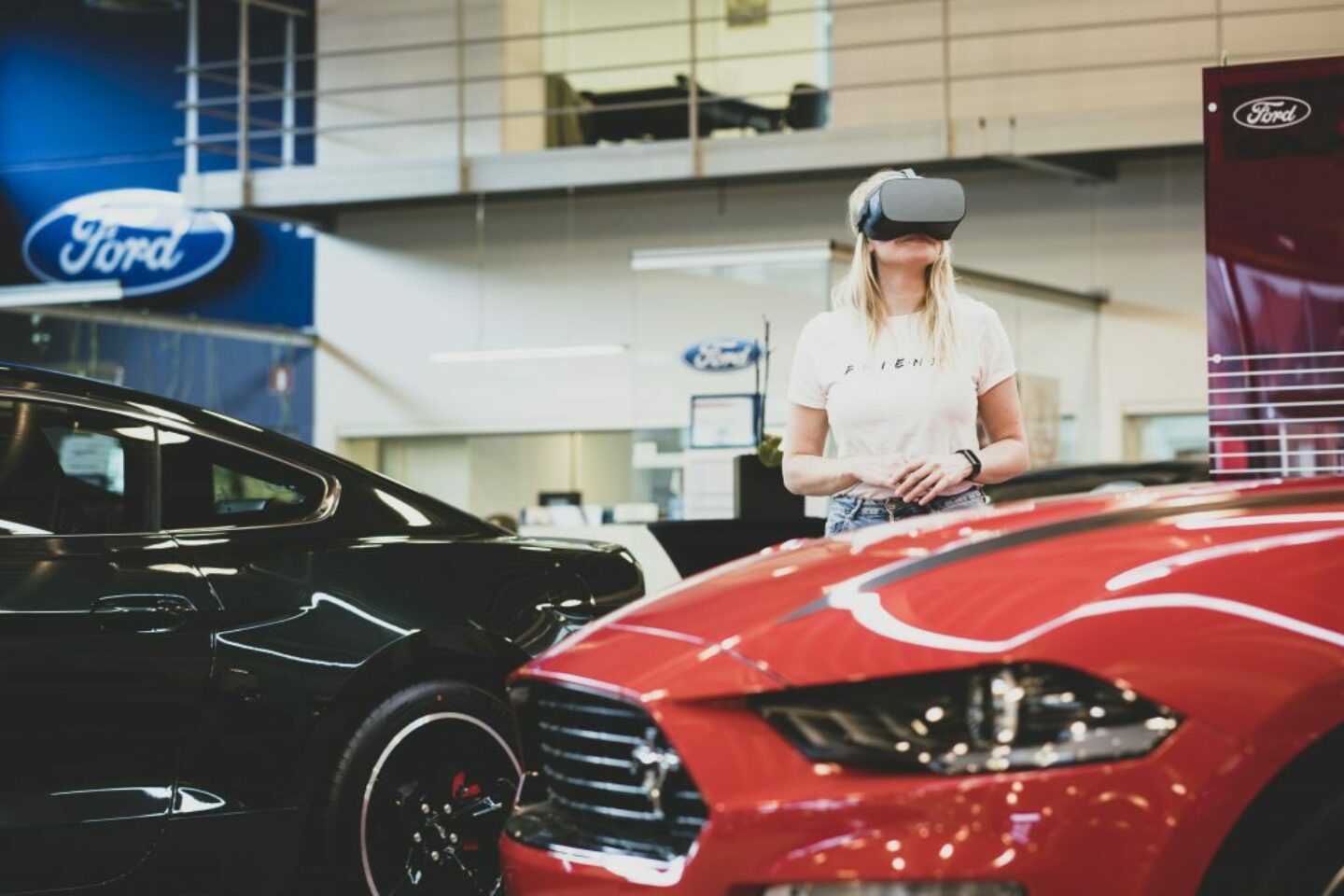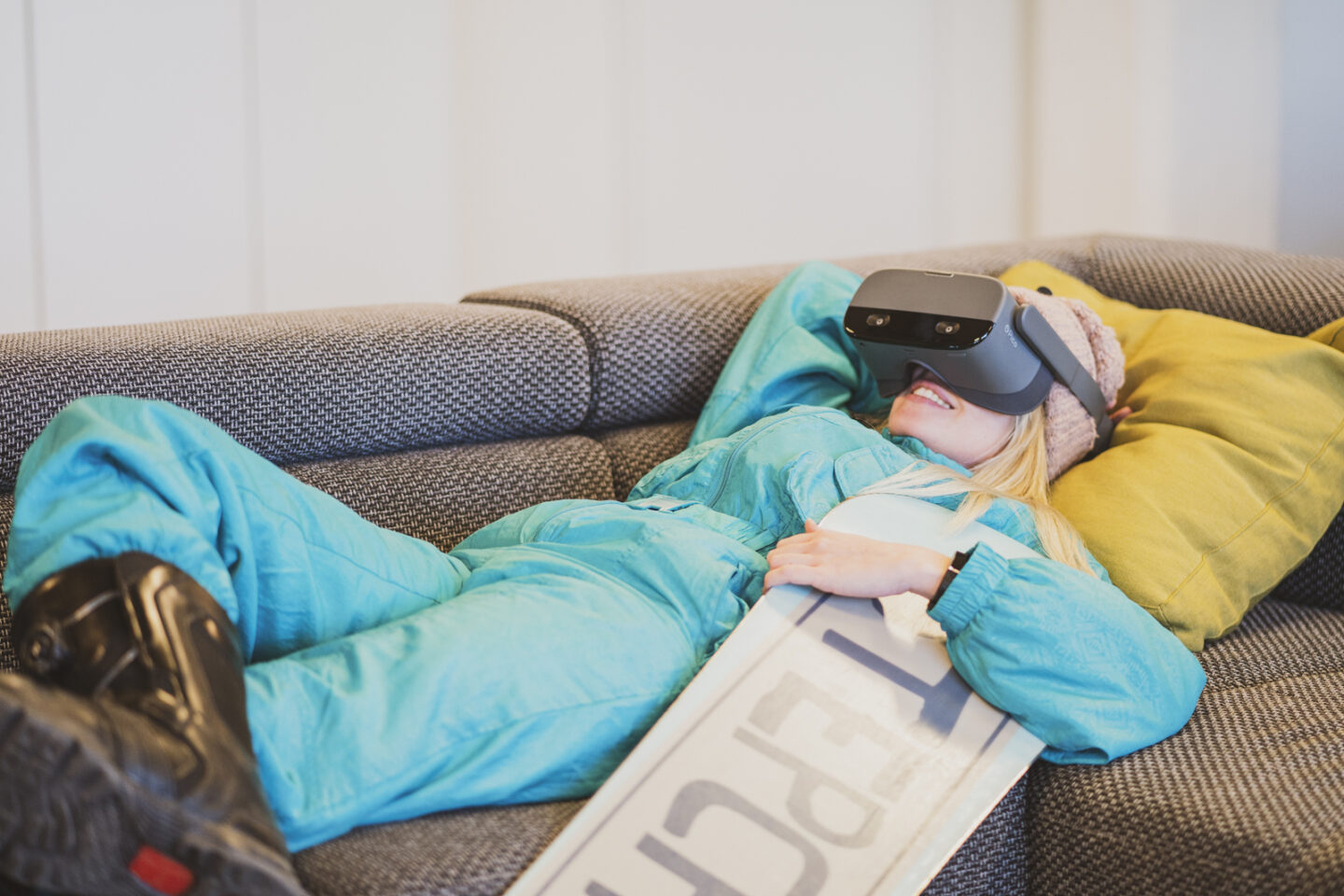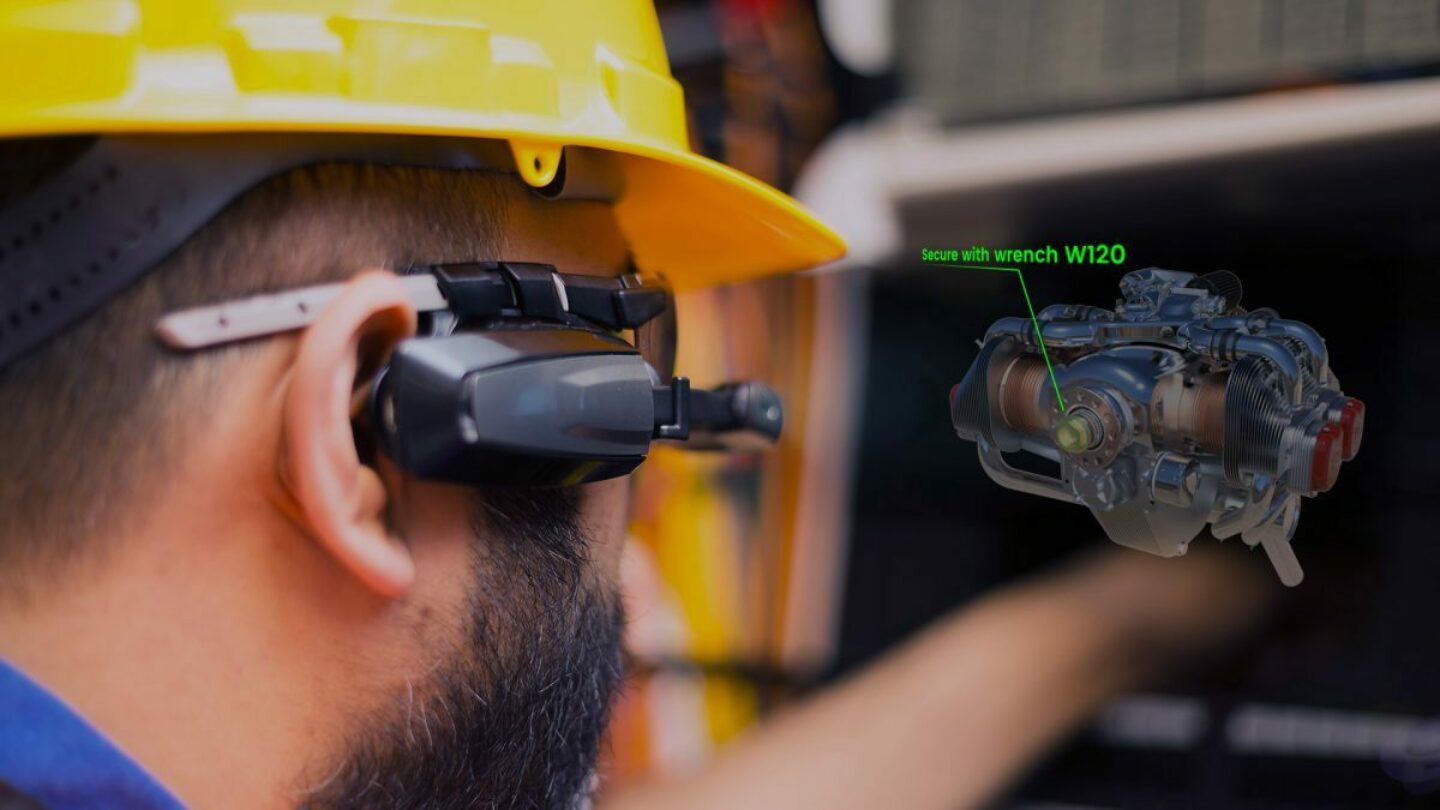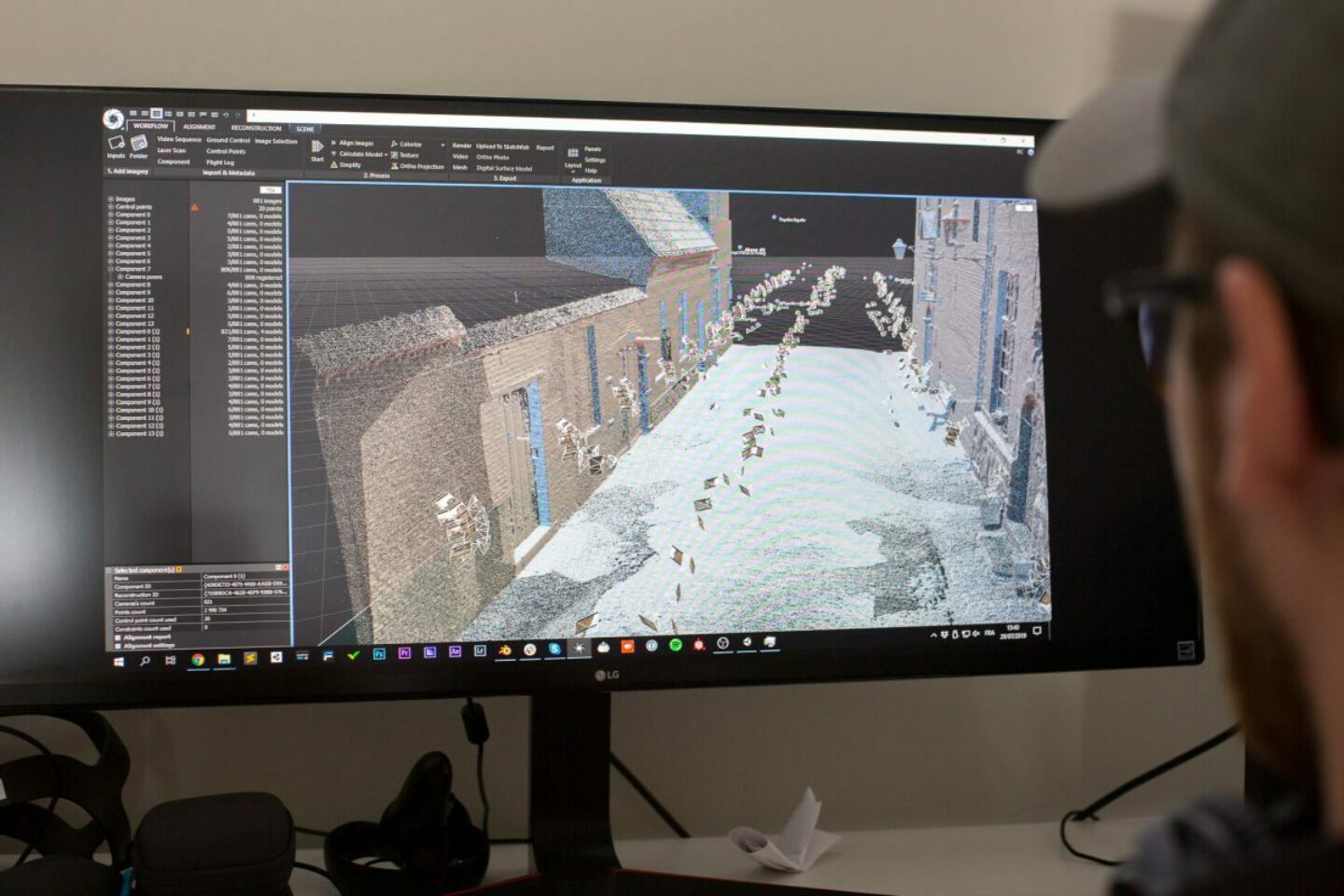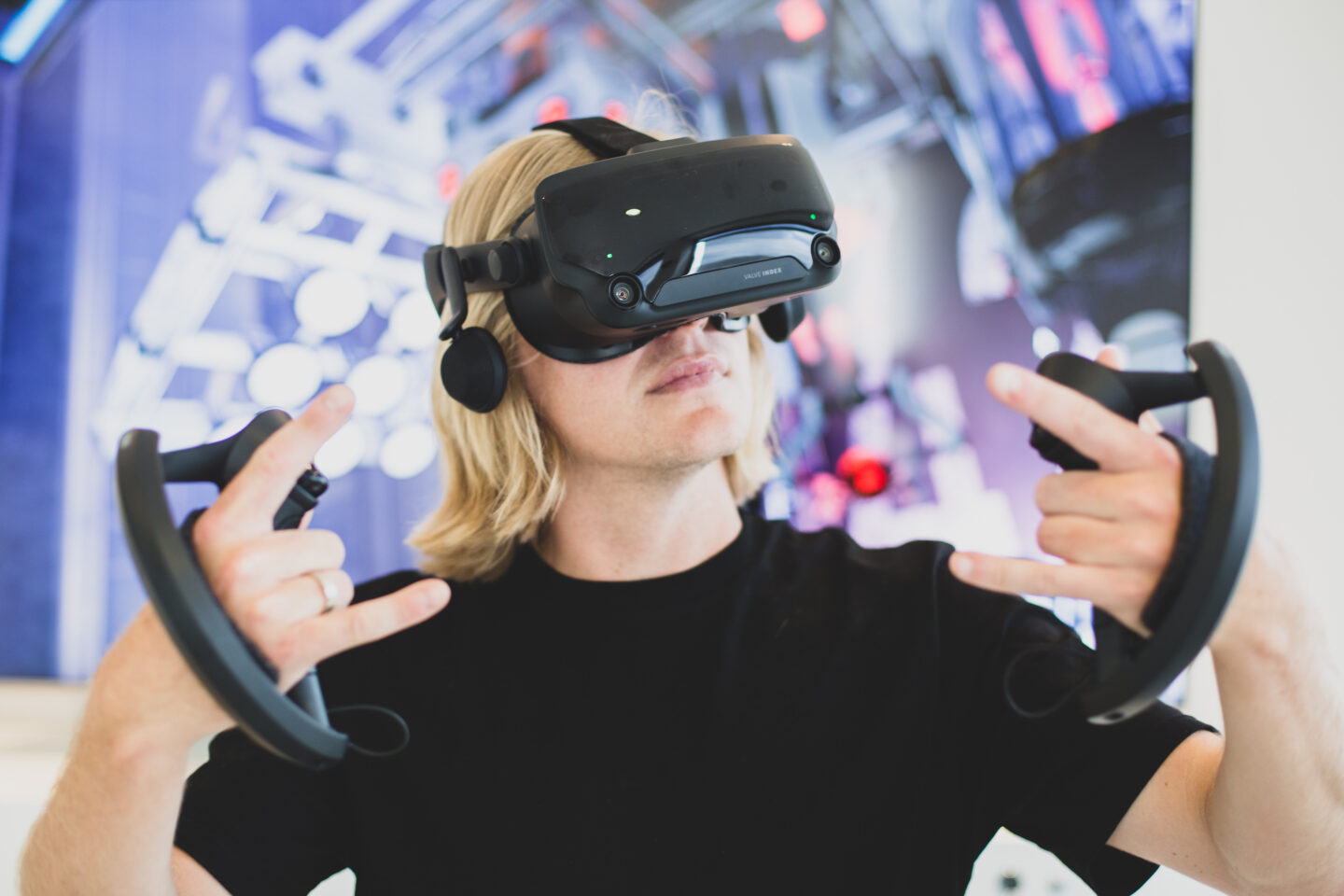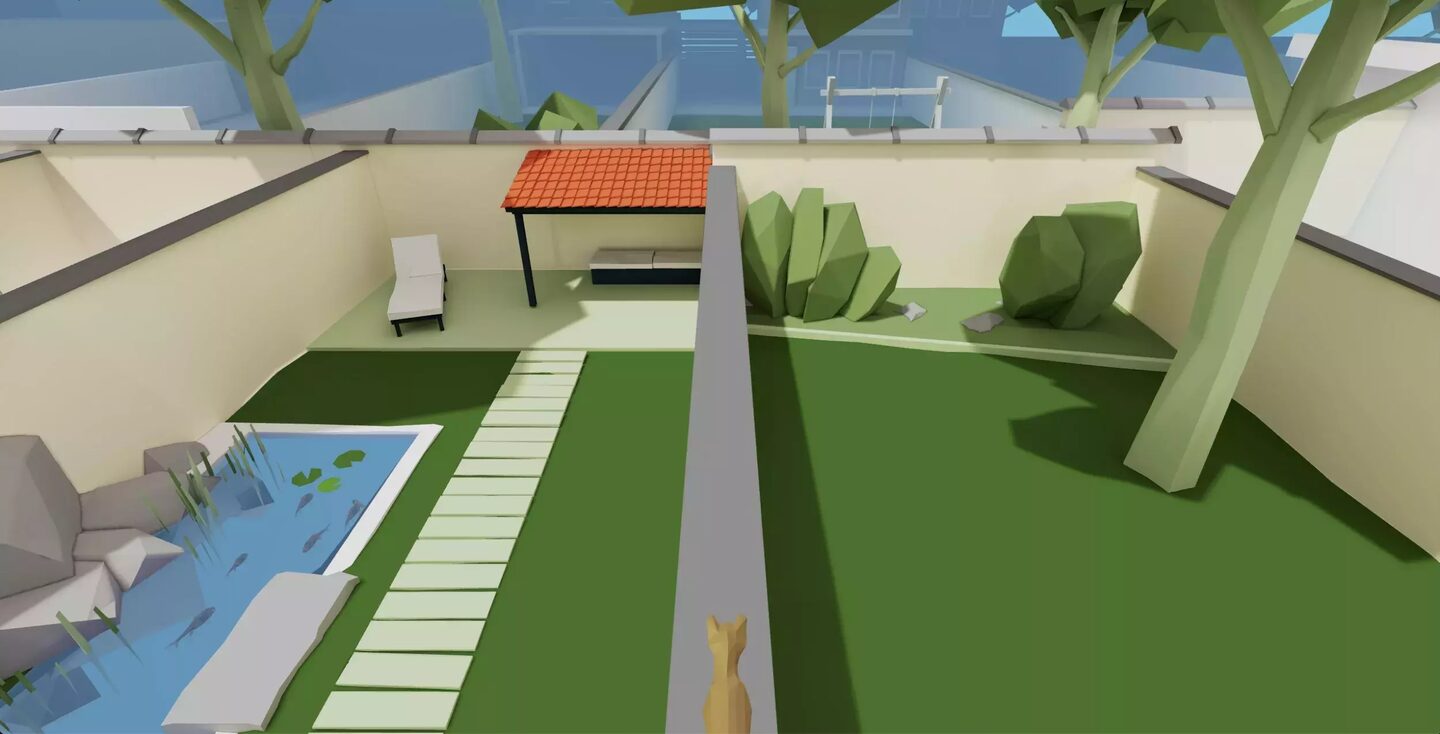discover our latest insights
-
Web • Augmented reality • Virtual reality • 360° photography • 360° video • 3D
The impact of spatial computing and WebXR on digital engagement
Continue reading -
Web • 360° photography • 360° video • 3D
Scrollytelling: transforming digital storytelling with engagement and creativity
Continue reading -
3D
Unleashing immersive experiences: elevate your brand with custom 3D modelling
Continue reading -
360° photography • 360° video
How our award-winning Avoriaz 360 virtual tour sets a new standard
Continue reading -
Web • Augmented reality • Virtual reality
Unveiling the digital thinkers conference by Awwwards: our 5 key takeaways
Continue reading -
Web • Augmented reality • Virtual reality
The power of discovery: unveiling the path to digital excellence with a discovery phase
Continue reading -
3D
Photogrammetry and NeRF compared
Continue reading -
Web • Virtual reality • 360° photography • 360° video
Virtual tours vs. 360° video: what’s the difference?
Continue reading -
Virtual reality • 360° photography
Digital discoveries: how VR is reshaping the travel industry
Continue reading -
Web • Virtual reality • 3D
How to build a virtual showroom to spotlight your business
Continue reading -
Virtual reality
Business headset heads-up: Pico finishes the Quest
Continue reading -
3D
Sourdough, from real life to 3D
Continue reading -
Augmented reality
Augmented reality in industry and service management
Continue reading -
3D
Making 3D models using pictures with photogrammetry
Continue reading -
Virtual reality
Valve Index: the best VR headset for the more demanding applications?
Continue reading -
Web • Augmented reality • Virtual reality
Future-forward communication: integrating web-based immersive experiences
Continue reading


